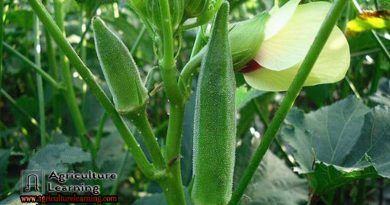The Complete Guide of Cauliflower Propagation
Cauliflower vegetable’s name comes from the Latin word caulis, for cabbage and floris flower. Cauliflowers are brassicas members of the cabbage family and form a single head, is an immature flower cluster, harvested while still in tight bud. Cauliflowers have a delicious, mild, nutty flavor and they also rich in fiber, vitamins, minerals and antioxidants.
Though it is white usually, cauliflower does come in other colors, including purple, yellow and orange. They are grown from seed, sown either indoors or outside and like sun, moisture-retentive, well-firmed soil. Cauliflowers are usually best sown indoors, then moving a plant from one growing position to another, often from a pot to its final spot in the garden.
How to Grow Cauliflower
Cauliflower grows well as a fall crop, but can be grown in spring. But sow from February under glass or March. You can also make later sowings under glass from October, and overwinter the plants for an early harvest the following year. It can sow direct in a seedbed although results tend to be better from sowings made in seed trays and then planted out later.
Cauliflower should be grown in a spot that gets full sunlight. Lack of sunlight may produce thin, leggy plants and subpar heads. To sow direct, sow thinly, 2cm deep in a well-prepared bed with free of weeds. For under glass sowing, fill a multi-celled tray with moist, peat-free seed and multi-purpose compost and sow seeds 2cm deep. After 3 months, new cauliflowers will sprout.
Care
Water every 10 days to two weeks, more frequently in the dry weathers. Hoe around the base of plants to reduce competition from the weeds. Once the plants are established, start feeding with a high nitrogen feeder to boost the growth and aid the formation of curds. Protect your plants from pigeons and the caterpillars of small and large white butterflies.
2,391 total views, 1 views today




